Sustainability Highlights
Protecting the Environment
 |
Trant Engineering Ltd recognises that our operations influence the local, regional, and global environment, and that effective environmental management is critical to future business success. In our delivery of total engineering, by working across our business, we have identified a unique opportunity to make a positive sustainable impact on society. Trant Engineering believes in not only minimising harm to the environment, but providing environmental enhancement and sustainable solutions in collaboration with stakeholders & customers. |
What we are doing:
- Directors are actively engaged in all aspects of Sustainability, including development of net zero emissions targets (see below Our Carbon Reduction Plan)
- Regular internal auditing and environmental support provided across sectors and business areas
- Practicing sustainable procurement throughout business operations
- Partnering with voluntary conservation groups to deliver restoration plans, promote biodiversity and engage with local communities
- Installation of charging points at head office
- Promoting a sustainable mindset across the business through employee surveys, training and workshops
Our Environmental Management System is registered by the BSI and complies with the requirements of BS EN ISO 14001:2015.
Our Carbon Reduction Plan

|
Trant Engineering Ltd is committed to achieving Operational Net Zero by 2040, 10 years ahead of the UK government target. We are dedicated to reducing the greenhouse gas emissions resulting from our activities. Please click HERE to see our Carbon Reduction Plan, which details our net zero goals. Our baseline emissions footprint for financial year 1st October 2020 to 30th September 2021 was 3087.07 tonnes CO2e. Aligned with our trajectory for Operational Net Zero, we aim to achieve a reduction of 50% by 2028 and 75% by 2035 (or sooner) compared to our baseline. In addition, our Scope 3 emissions have been assessed and feed into our plan for Organisational Net Zero by 2050. |
We aim to:
- Utilise the most efficient and low emissions solutions for our plant and machinery
- Replace non-renewable fossil fuels with low carbon alternatives
- Create a vehicle transition plan to demonstrate how we will replace diesel-fuelled vehicles with hybrid and electric alternatives
- Implement roof top solar photovoltaics for electricity production
Our baseline footprint has been verified in accordance with ISO 14064:2019 standard
Our Net Zero Plan

Click here to view
All Trant activities and our associated target setting are aligned with the below Sustainable Development Goals:
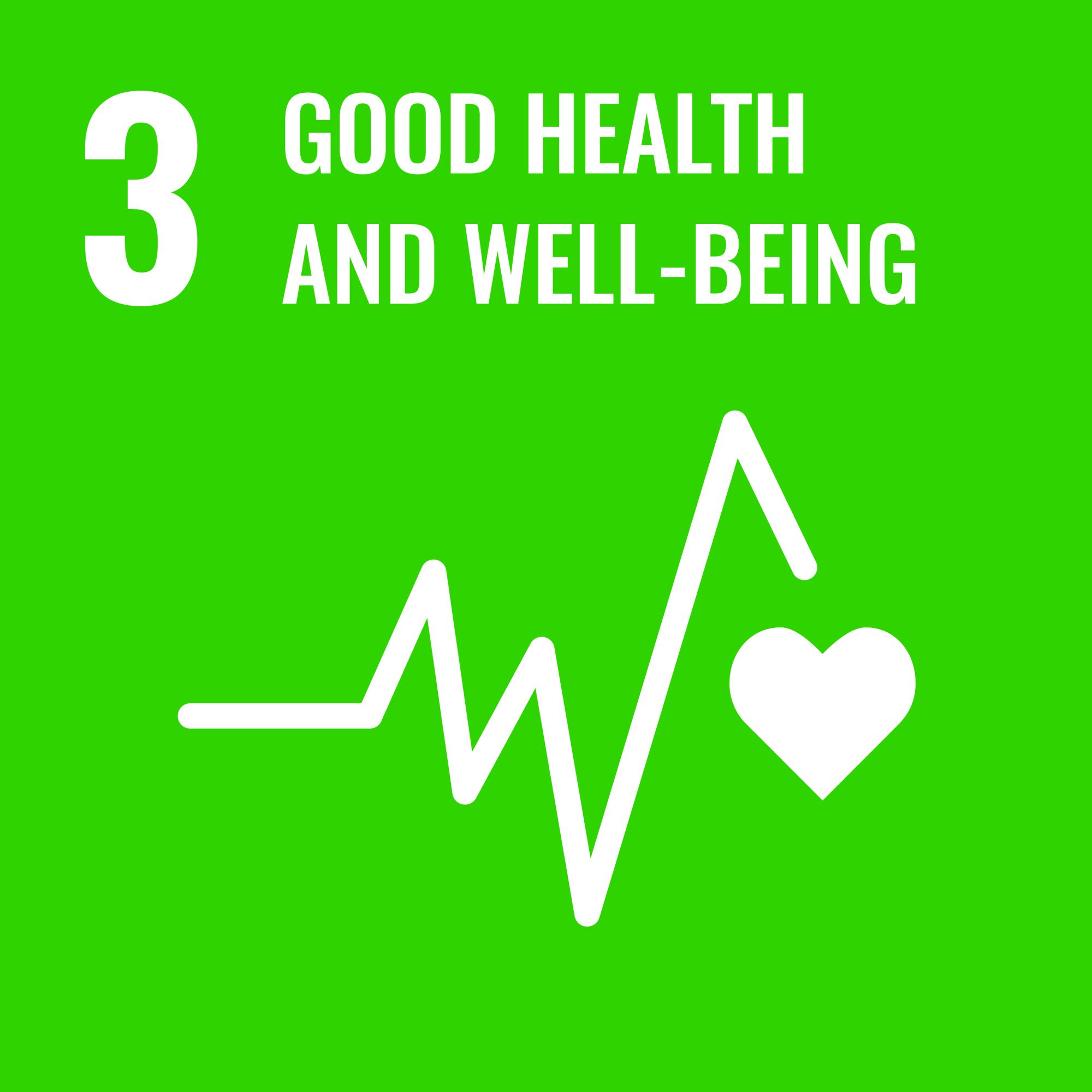 |
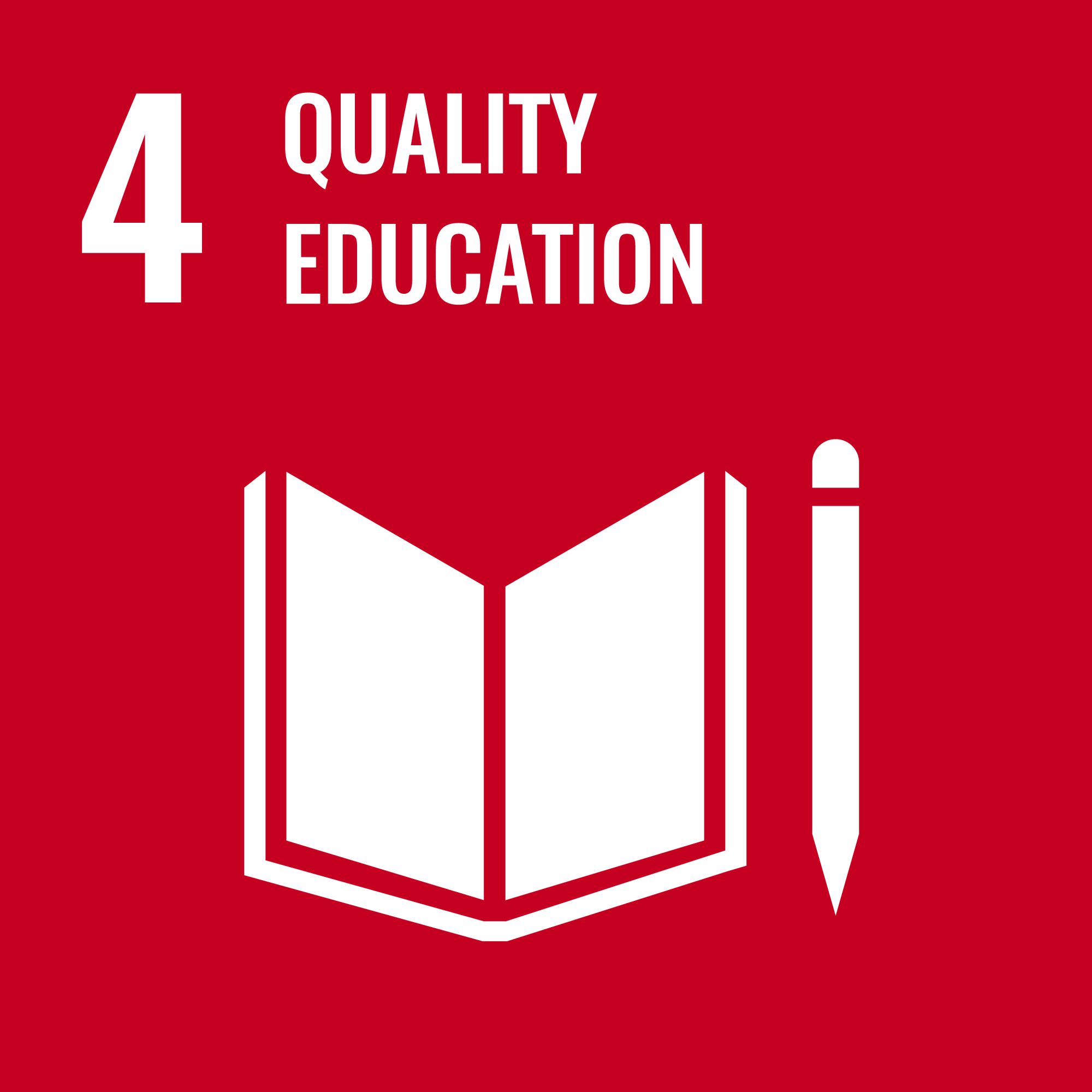 |
 |
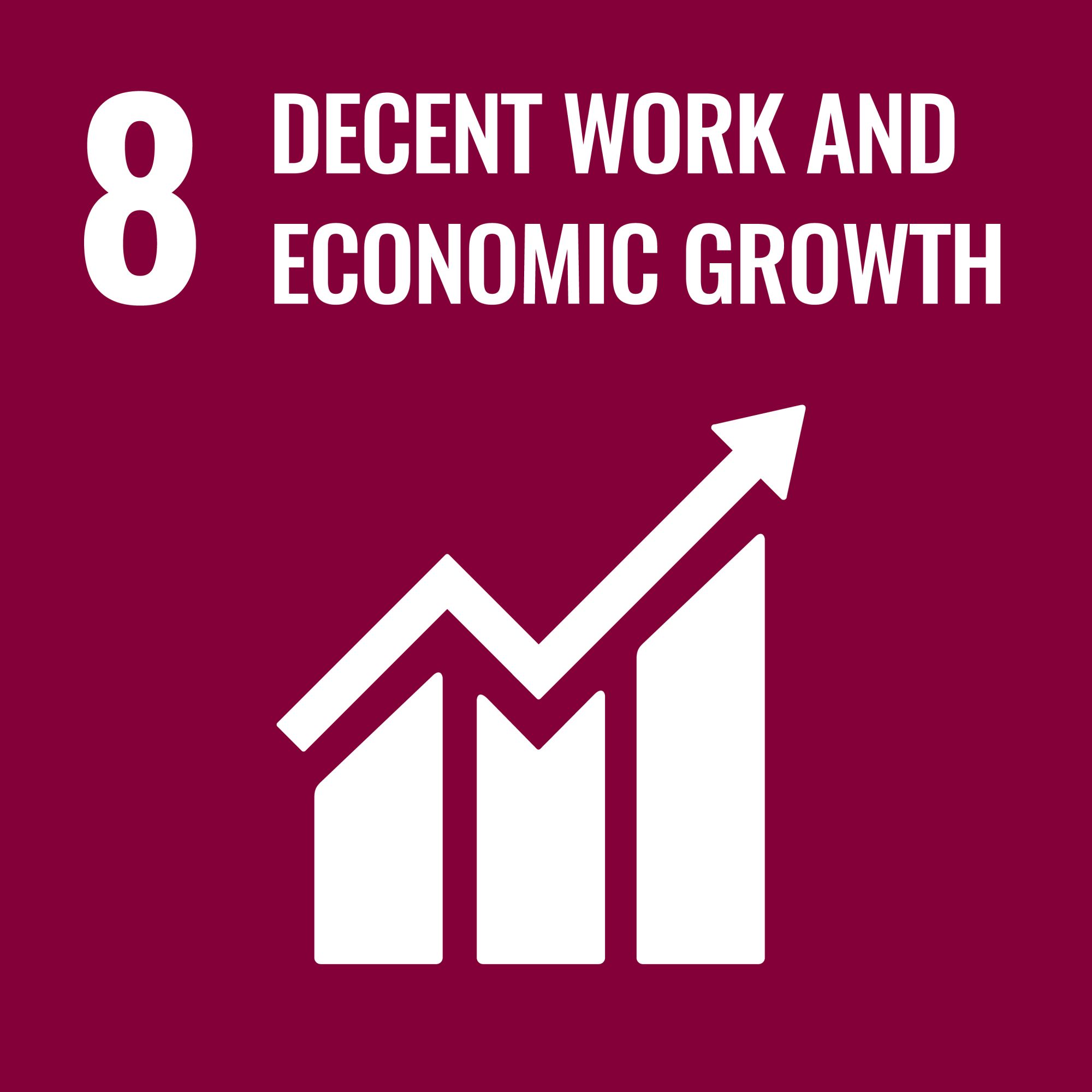 |
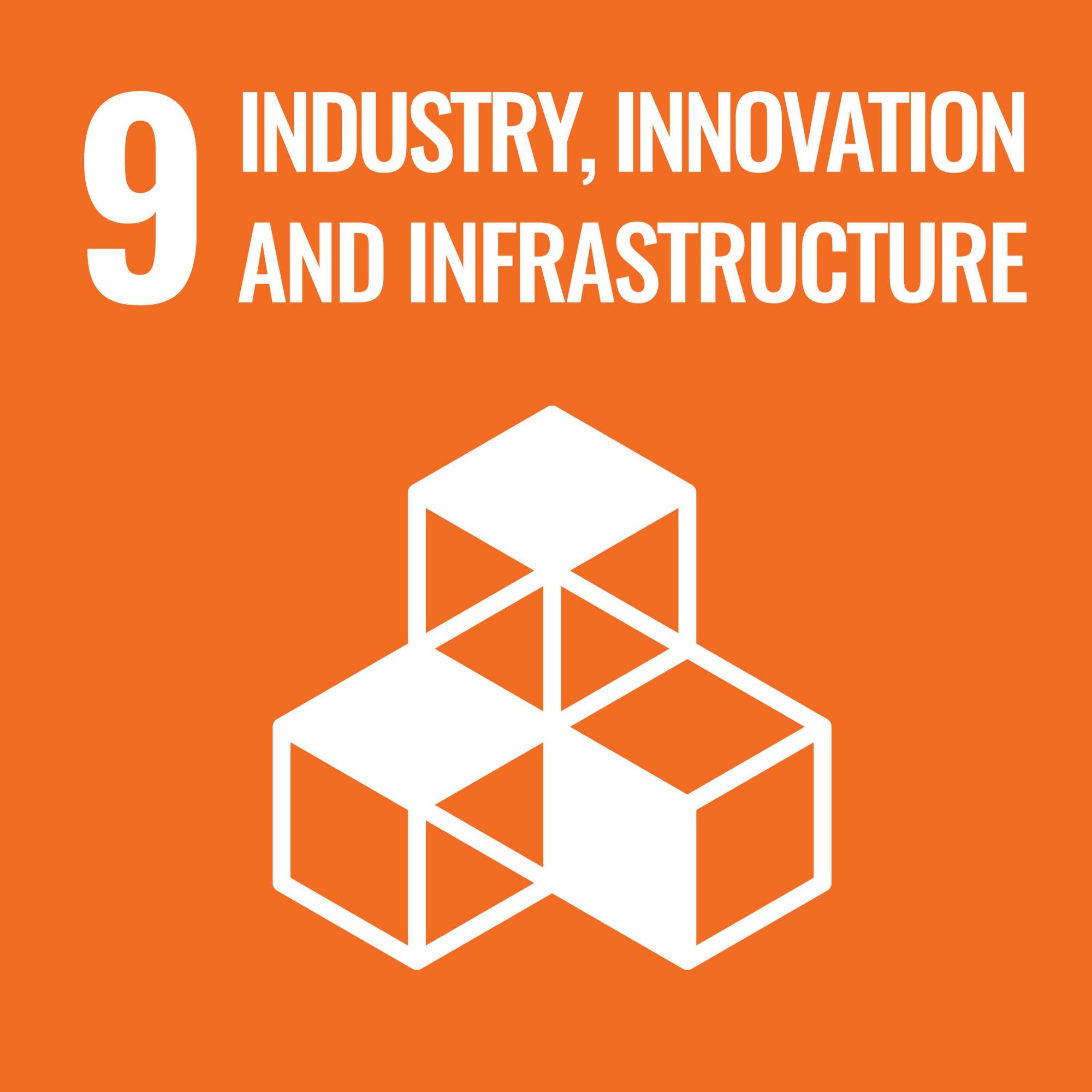 |
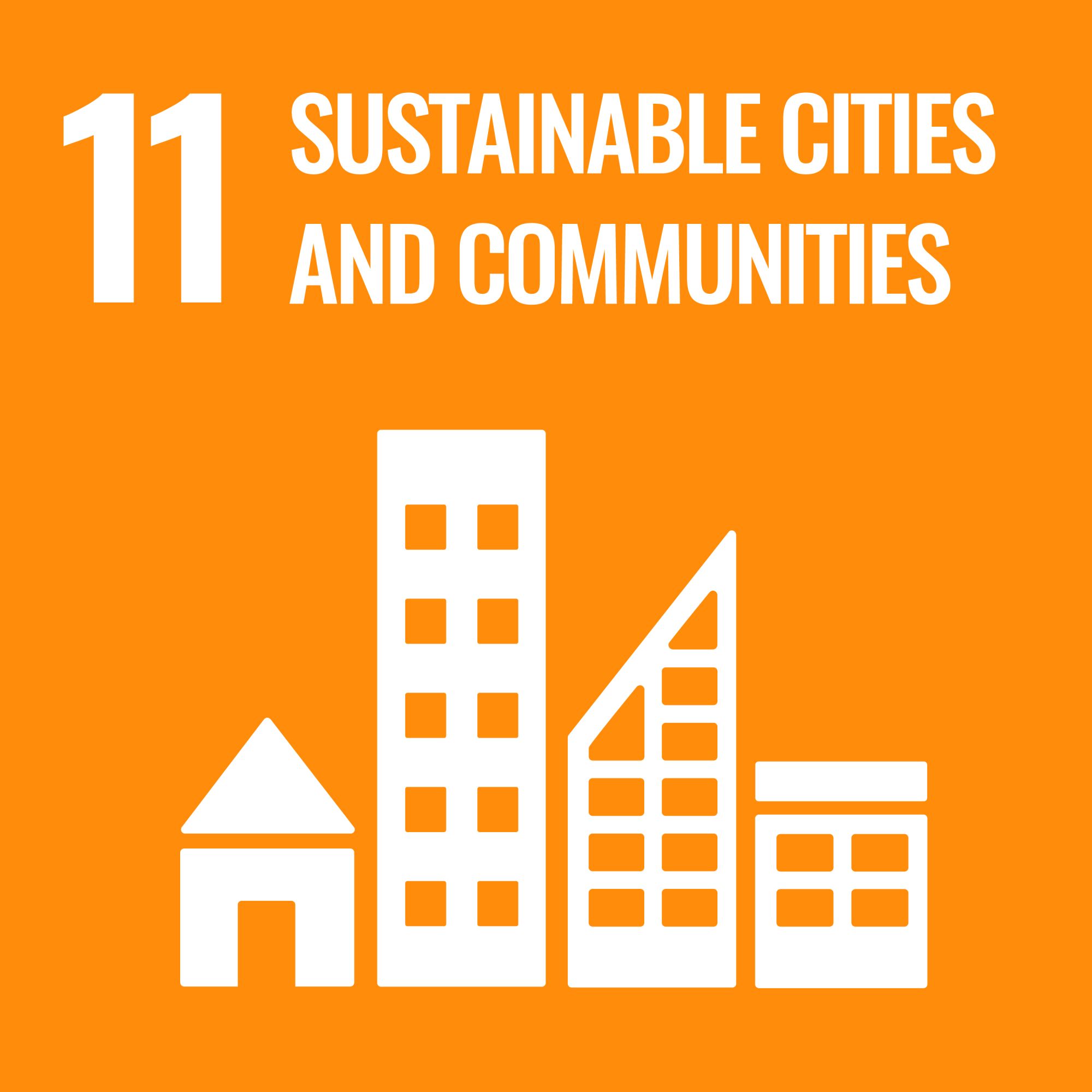 |
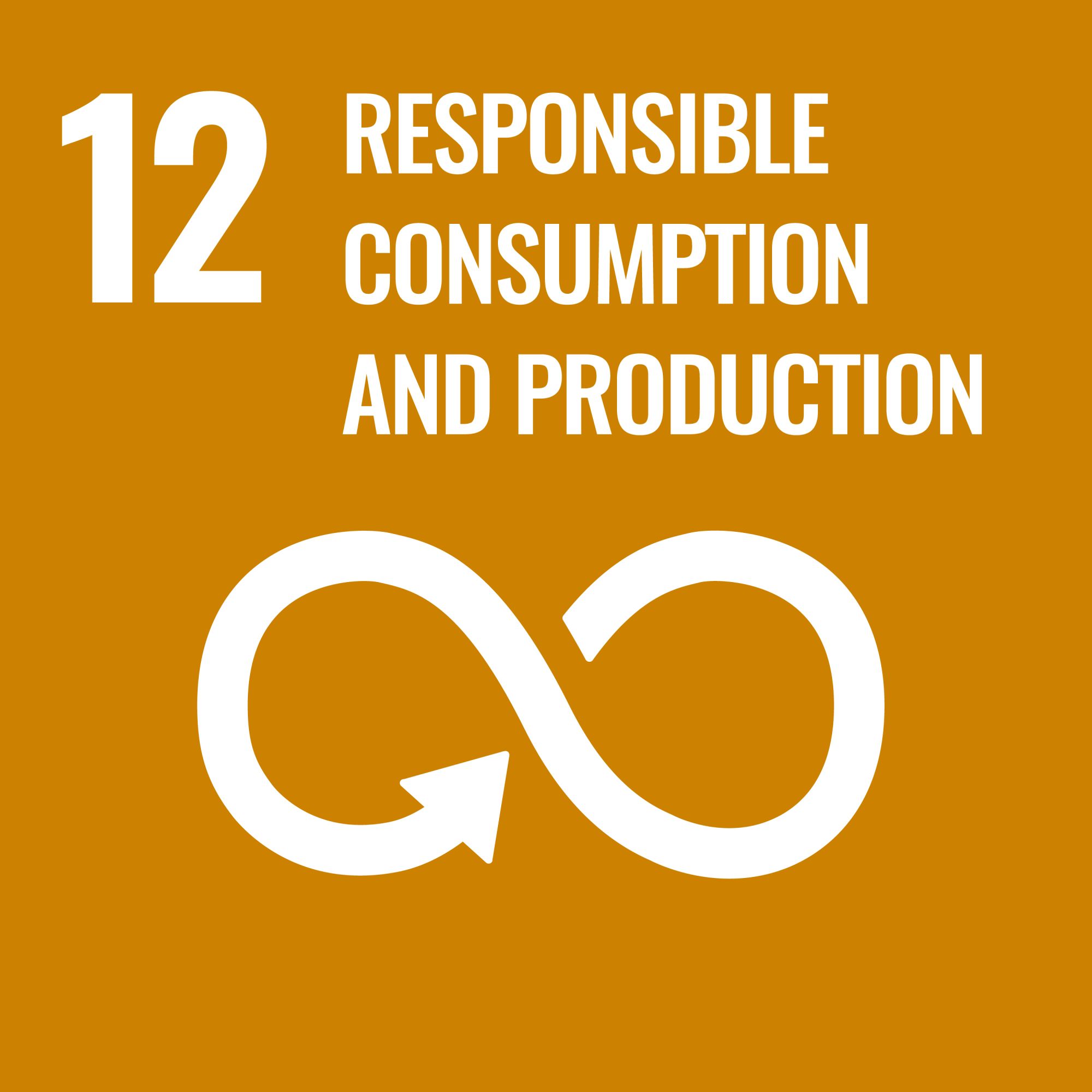 |
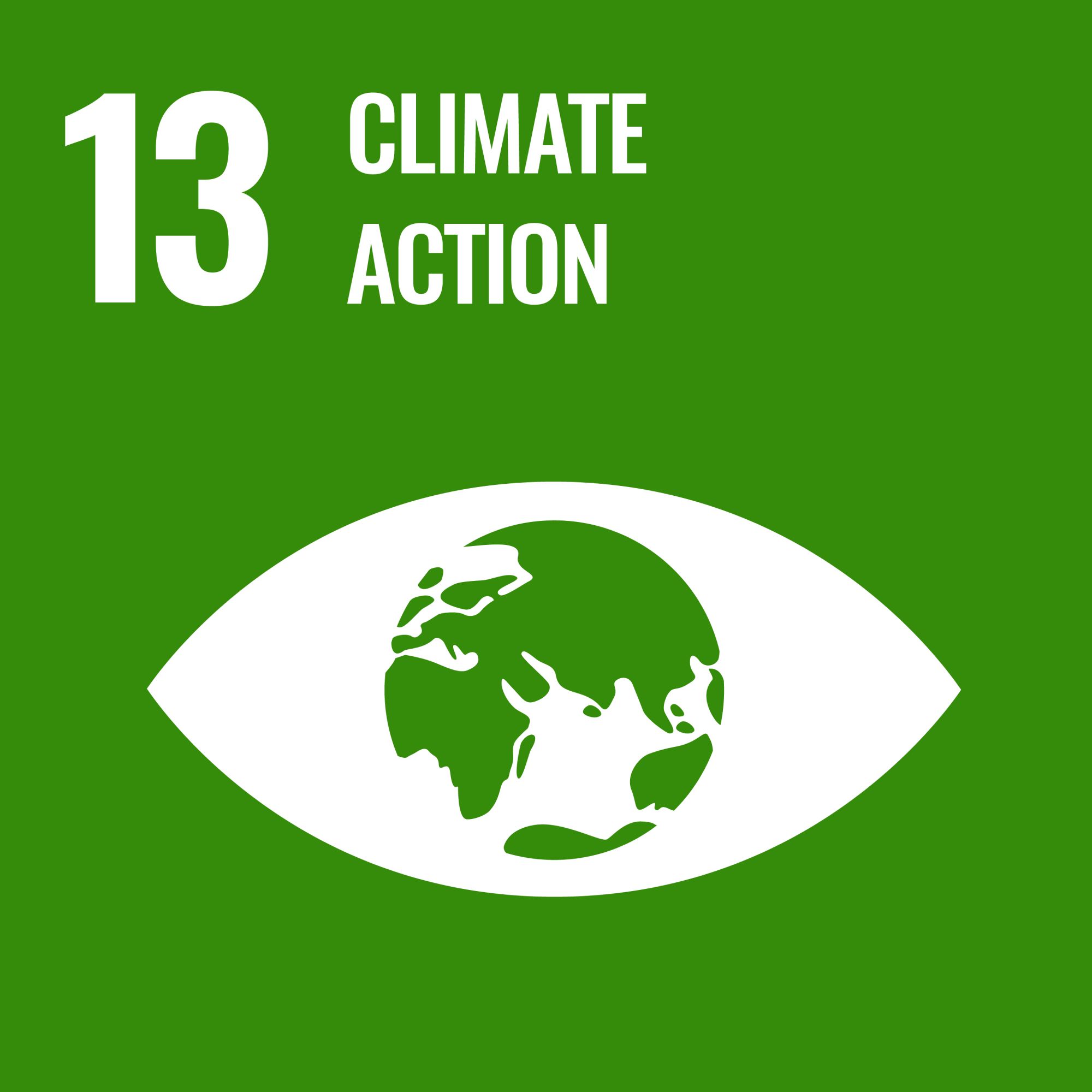 |